Poultice with clay and cabbage leaf
The best poultice for inflammation and joint mobility!
The main property of clay, in the case of poultices, is that of absorption, meaning exchange of minerals and toxins between clay and body. Basically, clay yields minerals and trace elements and in return receives the toxins that the body has. Clay absorbs liquids from the skin like a sponge, thus better capturing toxins. Clay poultices are good for reducing inflammation, for draining and absorbing skin impurities and for improving joint mobility. Arthritis, bruising and dislocations, neuralgia, abdominal discomfort and even pain caused by cancers in metastasis can be ameliorated with clay poultices.
Servings: 1 servings
Quantities for a poultice on a single area!
Ingredients
Materials
- - wooden spoon / spatula
- - clay softener
Preparation
 Put powdered clay or lumps in a bowl.
Put powdered clay or lumps in a bowl. Add enough water to cover half the clay and mix a few times with a spoon (preferably wood), then cover the bowl with a foil / lid and let it dissolve for 5 minutes to a few hours (or even can be left overnight).
Add enough water to cover half the clay and mix a few times with a spoon (preferably wood), then cover the bowl with a foil / lid and let it dissolve for 5 minutes to a few hours (or even can be left overnight).
Depending on the type of clay, whether it is powdered clay or lumps, the time of dissolution in water is faster or longer. Therefore, it is good to check the dissolution status from time to time.
If the resulting clay paste is too solid, it can be diluted by adding a little water, and if it is too liquid, it can thicken, adding a little clay.
Optionally, the clay paste, before application, can be heated on the bain-marie (or by adding hot water), or cooled in the freezer.
If the painful area is inflamed, red, burning, cold poultices are preferred, and conversely, if the area is cold, warm poultices are preferred.- With a wooden spatula put the clay on the cabbage leaf or directly on the cotton band (elastic).
If you do not have a cabbage leaf or a bandage, you can use a paper towel on which to put the clay paste.
⚠ It is important that the clay forms a layer of at least 3 mm. The thicker the layer of clay paste, the better (remember and the drying time will be longer).  Apply the poultice directly to the painful spot. Wrap the painful spot several times with an elastic band so that the poultice is firmly attached.
Apply the poultice directly to the painful spot. Wrap the painful spot several times with an elastic band so that the poultice is firmly attached. With food foil, applied over the elastic band, the poultice can be easily sealed, so as not to spread.
With food foil, applied over the elastic band, the poultice can be easily sealed, so as not to spread.
⚠ Caution: The food foil must not come into contact with the skin, as it may irritate you. If you do not have food foil, you can use whatever you have at hand to keep the poultice fixed in the painful place. The moment you feel that the clay has completely dried, we can consider the poultice finished.
The moment you feel that the clay has completely dried, we can consider the poultice finished.
The type of drying of the clay paste differs depending on the thickness of the clay layer, the type of clay and what we used to apply the clay: cotton band (elastic), cabbage leaf or napkin.
The application time is a minimum of 30 minutes and a maximum of 2 hours.
⚠ If you feel severe itching, you need to be careful: you may get irritated. Therefore, in these situations it is recommended to remove the poultice.
Wash the place with lukewarm water, and if the skin has become too dry you can apply a moisturizer in a very thin layer.
Administration
⚠ For sinusitis or colds, the clay paste can be enriched with salt and / or lemon juice (a few drops).
Water can also be replaced with saline, which has salt (sodium chloride).
⚠ Beware of application time, using salt and / or a few drops of lemon juice, the paste may become much too astringent for the skin, causing irritation.
⚠ Be careful, if you feel itching of the skin more and more intensely on the applied area, it means that something is not right for you and that there is a risk of irritation. Irritations can also occur from the elastic band if it is not sterile or from the foil that touches the skin.
Leave breaks between applying poultices for at least 1-2 hours, to restore the skin tissue, and after applying the poultice it is recommended to wash the area and apply a moisturizer!
Observations
⚠ When preparing clay pastes avoid using metal utensils, use: ceramic, wood or plastic.
⚠ Clay, especially green clay, can absorb radioactivity and heavy metals from the body.
⚠ Green clay poultice soothes back pain!
⚠ Poultices with clay on the vital organs and on the spine, are always put warm!
⚠ Poultices with clay on the joints are placed as follows: on joints with a cold sensation are placed warm poultices, and on those with sensation hot, put cold poultices.
Effects and benefits
- relieves arthritis pain,
- cures bruises,
- cures dislocations,
- fights neuralgia,
- fights sinusitis, colds;
- fights inflammation,
- relieves muscle pain,
- relieves abscesses,
- relieves rheumatism,
- relieves osteoarthritis,
- soothes abdominal discomfort,
- relieves the pain caused by metastatic cancers.
Side effects
- irritations on the applied area and this if you are sensitive to the skin, if you hold the poultice for too long, if you are allergic to one of the ingredients, or if the bandages are not sterile.
Contraindications
- people with sensitive skin or allergic to one of the ingredients
FAQ 💡❓
Why is clay combined with cabbage leaf and not applied alone?
➡️ Because cabbage has anti-inflammatory and healing effects that complement the clay’s absorption power, creating a poultice more effective than each ingredient used separately.
Why is the consistency of the clay paste important?
➡️ A paste that is too fluid runs and has no therapeutic effect, while one that is too dense does not adhere to the skin; the correct consistency makes the difference between a simple dry layer and a compress with a real effect.
Why is it recommended to apply it lukewarm on the spine and vital organs?
➡️ Because temperature influences the body’s reaction: applying it cold can cause thermal shock, while lukewarm supports relaxation and deep healing.
Why is a layer thickness of 3 mm considered the minimum effective?
➡️ Because below this thickness the clay dries too quickly and doesn’t have time to draw out toxins or soothe inflammation.
Why is green clay preferred for back pain?
➡️ Green clay has a greater capacity to absorb toxins and even heavy metals, which makes it more effective for deep inflammation and chronic pain.
Why is it not advisable to leave plastic wrap directly on the skin?
➡️ Because the skin needs to breathe, and plastic wrap in direct contact can block perspiration, irritate the epidermis, and reduce the clay’s natural detoxifying effect.
Why does itching sometimes appear after applying the poultice?
➡️ Because clay activates local circulation and draws out impurities; if the sensation becomes too intense, it’s a sign the duration was exceeded or the skin is too sensitive.
Why shouldn’t we apply the poultice too often, without breaks?
➡️ Tissues need time to breathe after each application; otherwise, the skin can become irritated or excessively dry, diminishing the benefits.
Why can the combination with salt and lemon for sinusitis be risky?
➡️ Because although it amplifies the draining effect, it also increases astringency, and the sensitive mucosa can react with irritation or a burning sensation.
Why can warm and cold poultices be alternated for headaches?
➡️ The change in temperature creates a contrast that stimulates circulation and reduces local tension more effectively than the monotonous application of a single temperature.
Why doesn’t everyone tolerate a clay poultice?
➡️ Because sensitive skin, prone to allergies or irritation, may react to the minerals in clay or to the cabbage leaf, requiring prior testing on a small area.
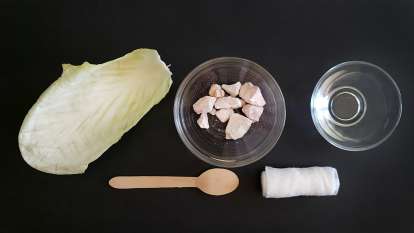
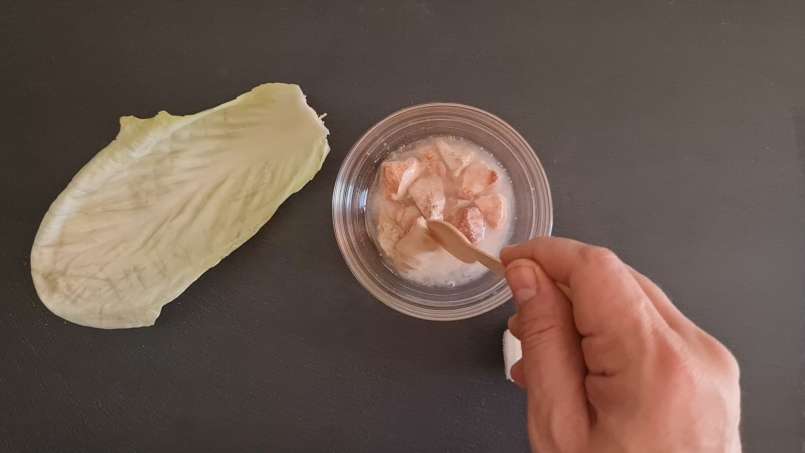
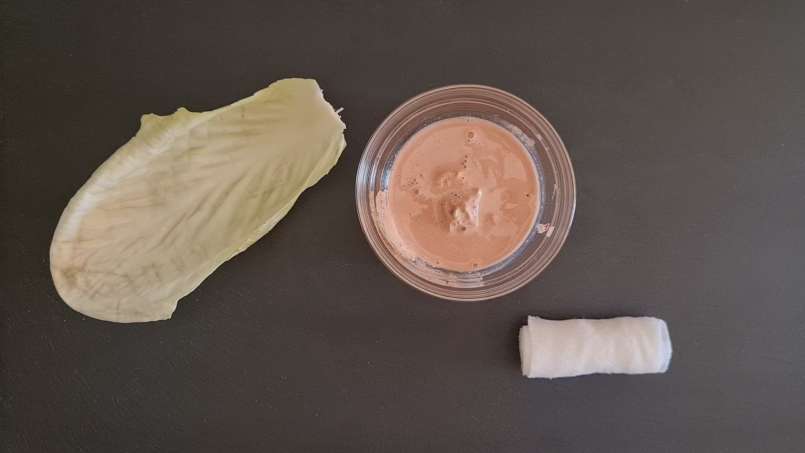
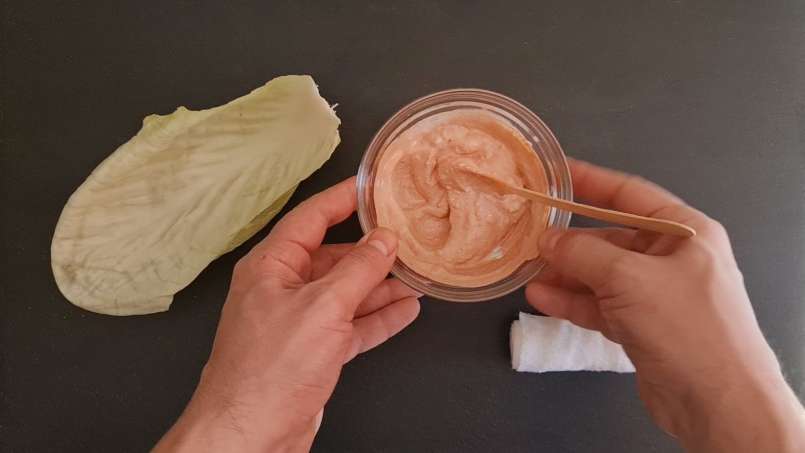
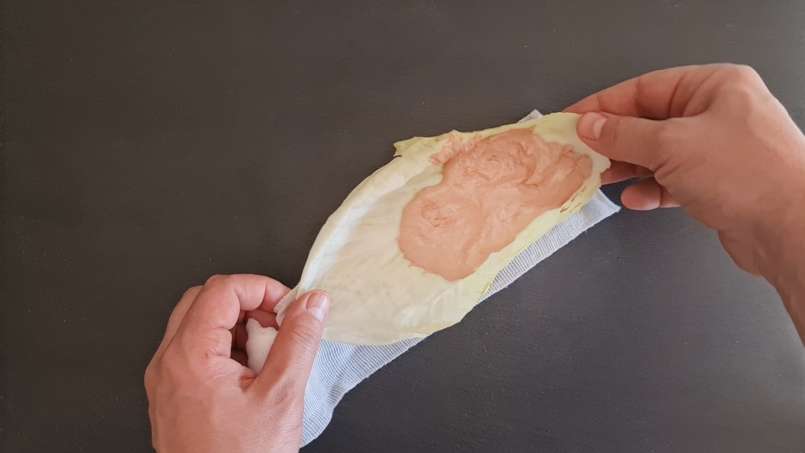
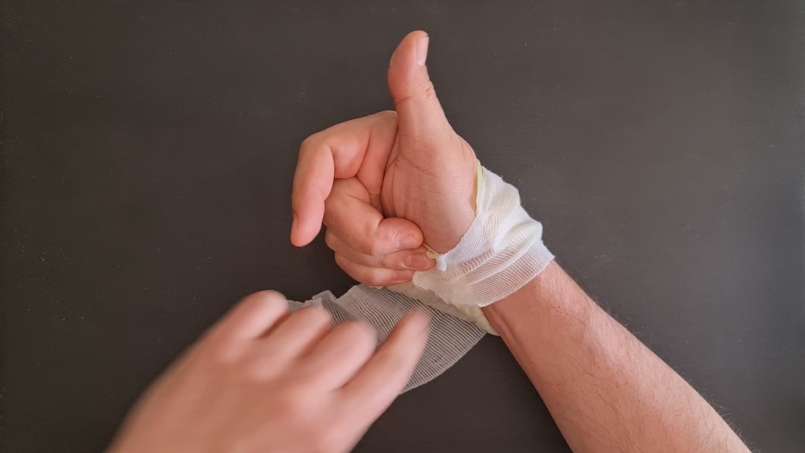
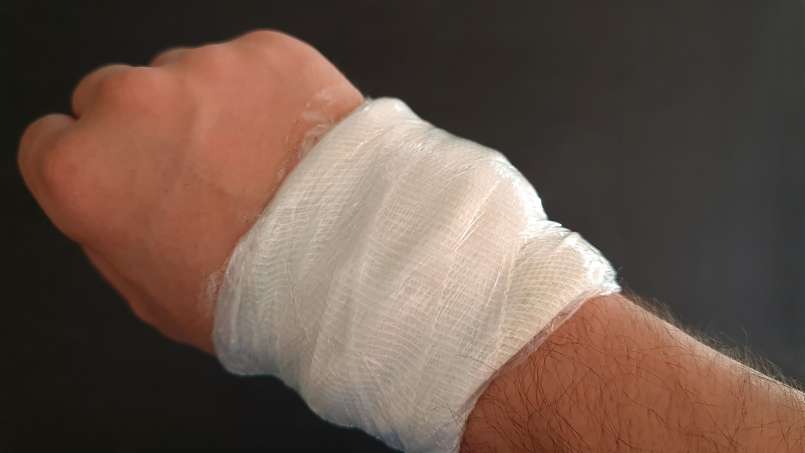
Comments